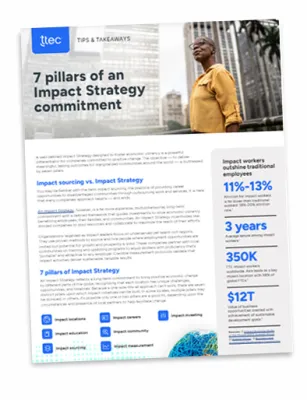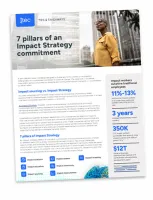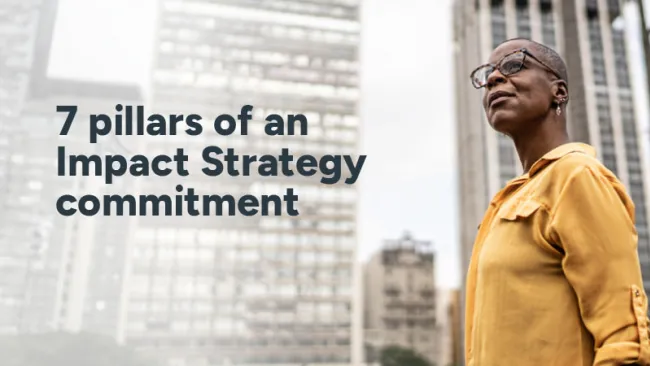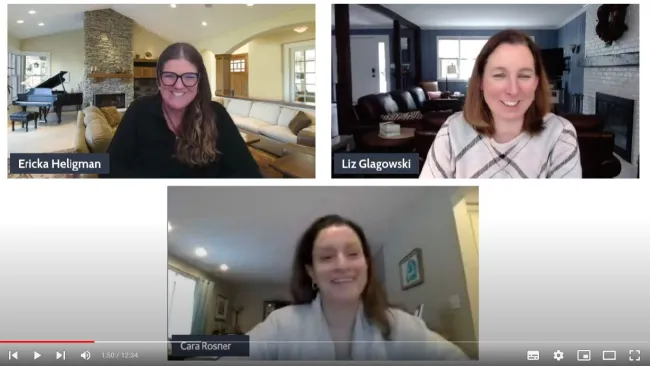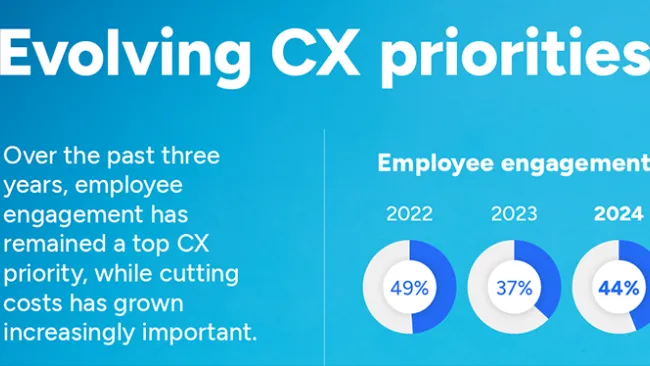In 2018 we spoke with Dr. Amy Glasmeier, a professor of economic geography and regional planning at MIT, to understand the ethical and strategic values of paying a living wage. Her tool, the living wage calculator is an online tool that analyzes the affordability of a state and its counties and educates individuals and businesses on the pay rates needed to support workers of various livelihoods and family sizes.
We contacted Dr. Glasmeier again to discuss recent changes to the calculator, how the concept of work has evolved, and what organizations can do to make a difference for their employees.
Customer Strategist: A lot has changed since we last spoke, can you give us an overview on what has changed in the calculator?
Dr. Amy Glasmeier: The tool is adjusted every year. This year, we did three things: we localized the childcare variable. That means we went to 3,142 counties and attempted to establish a childcare cost. What that did was to make more apparent the differences in the cost of childcare between urban and rural areas. Urban costs went up and rural costs either stayed the same or probably went slightly down, but it is now a much more factual measure because it had previously been estimated at the state level.
The second change we made was add cell phone and broadband service. For the past several years we have been asked to incorporate this feature. We used data and analysis on the structure of the two industries and we made an estimate for the value of both of those capabilities. And, what is interesting about the broadband sector, as an example, is it's an oligopoly. That means there are very few companies in it, and so they tend to have similar prices for the products they sell.
The third change we made is to add a new variable called "civic engagement." This was the result of an emerging trend based on how consumers were spending their income over time. Since the tool’s creation, a number of activities such as pet ownership (60% of Americans own a pet), children and adult’s sports, movie and other media attendance, etc., was becoming an important element of their lives.
Civic engagement activities were increasingly a part of individuals daily lives, but were not captured in the tool’s other elements. The civic engagement variable represents the ability of people to have children and support themselves, going to sporting activities, to movies, and to other types of social activities that are commonplace in our society.
CS: How has the recent dramatic increase in the cost of goods affected consumers and brands?
AG: Well, I think for a lot of people, depending on how much money they make and their budgets, they may not have realized how basic inputs costs have gone up. They might have seen that food prices had gone up, but it doesn't really matter to them. But, for ordinary people who are making, maybe two times the minimum wage, an increase in the food costs, increase in gas, increase in utilities, and increase in healthcare were quite substantial.
What was also important is that these changes took place during a period when many people were out of work. So, had we not had the COVID support funds coming from the federal government, many more people would have ended up in poverty.
CS: The workplace has undoubtedly changed too. How are employees and organizations adapting to the new environment?
AG: I think that autonomy in the workplace is going to be differentially experienced, and it's going to take a significant amount of learning and the development of trust to enable people to continue to find employment where it makes physical sense for them to work.
In some sectors, you're not going to see people working from home. They're not going to be able to if they're in food service, health care, or personal care as examples. We can expect to see a variety of patterns. One pattern will be of those individuals who used to get up every morning, get in their car, drive an hour and a half and work in an office. Some will go back to the past pattern while others will change. Outcomes will require that an employer is farsighted enough to realize that during COVID, people were amazingly productive and were able to complete work hours off site.
We have a lot of learning that must take place for us to be fair about where people work and recognize that there has been a shift in power in the workforce and the workplace.
CS: What shifts are you seeing in the workplace?
AG: Wage rates are changing industries. Many companies in a wide range of sectors are raising their wages. Industries also are changing in terms of the requirement of on-site employment. In higher education where organizations that had previously brought people to a place are now much more experimental with where people need to be to get their work done. Such jobs are often occupied by an individual based on his or her education level. At the same time, some higher education organizations are doing the exact opposite. They want everybody to come back to work, they want supervision to be provided in person.
To implement programs that enable people to split their work time between on and off-site locations requires leadership and vision. The key is to match the job within a firm or other entity and the right location. Separate from where a person works, we still face the problem of the availability of a good job with occupational mobility, living wages, and the ability of a person to do their work in a setting based on trust, not just on presence.
The oversight part of work is a vestige of the past. When we were all working in a factory oversight was critical. Few of us still work in that world. Coming out of COVID, the challenge is going to be for organizations to offer autonomy, while also, demonstrating trust. We know that relationship between the worker and the employer is inevitably going to change. Going forward, trust and respect are going to be the key ingredients of achieving high productivity and employment success.
CS: Do you think employers need to make significant changes to their wage strategies?
AG: Over the long run we are going to see different actions undertaken by employers. Some will do what they have always done. If the labor market tightens they will face the need to pay higher wages to attract employees. If they think only short term and fail to value their workers, they will face high turnover costs. Smart employers are going to start to pay wages that are commensurate with the work that people do. The bottom line is that employers in the United States don’t pay workers what they're worth, and we haven't done it for, at least, 30 years.
Coming out of COVID, workers have alternatives. They don't have to stay with an employer if they don't like what they're doing, particularly if they know what their value is. And, workers have learned what their value is by being able to work at home, autonomously.
So, I think there is much to learn about the new labor market, but I do sense an increasing pressure to raise the minimum wage. We're seeing employers, big and small employers, employers with hundreds of thousands of workers and those with just 10 recognizing that $7.25 an hour is not a living wage. They are moving their wage rates up, partly defensively and partly offensively. And, I think we're going to continue to see that occurring as we go forward.
CS: What are some of the effects organizations will feel if they do not pay a living wage?
AG: So, one of the things that I think is consequential for us going forward is to make it clear and make it understandable to employers that paying low wages doesn't pay off. People that are paying very low wages, either are poorly organized and following the low-road strategy of unfair treatment. And yes, there are some jobs that cannot be made “more productive” because of highly individualized features of a job type. Bu there are many ways to improve the productivity of even the most labor-intensive work by ensuring that the employees has the right skills, experience, and tools to complete their job effectively.
Employers who are paying low wages are getting a remarkable deal. That might not last much longer. There will always be some amount of low-wage work, and the question is, what's the role of the federal government in limiting the consequences of that? The role is really big.
We need to raise the minimum wage There's no possible way that somebody can live on it, if they work 40 hours a week. There's just no way, nowhere in the country, it's just not possible. The living wage tool tells us that. What we have to figure out is how to enable employers to recognize the value of paying something that people can live on.
CS: Are business leaders recognizing the need for change?
AG: One thing that I didn't say is, there's been a complete transformation in the people who contact me about the living wage tool and who ask for help. It used to be it was the average person wanting to figure out their cost of living. Today, I get mainly emails from companies wishing to pay living wages and wanting to understand how to pay living wages and end up remaining a profitable business.
Nearly everyone I have spoken to or worked with recognizes that paying a living wage is the best thing for the economy. So, something's changing.
Are businesses recognizing the value of living wages in 2021?
A progress check of workplace equality with Dr. Amy Glasmeier



